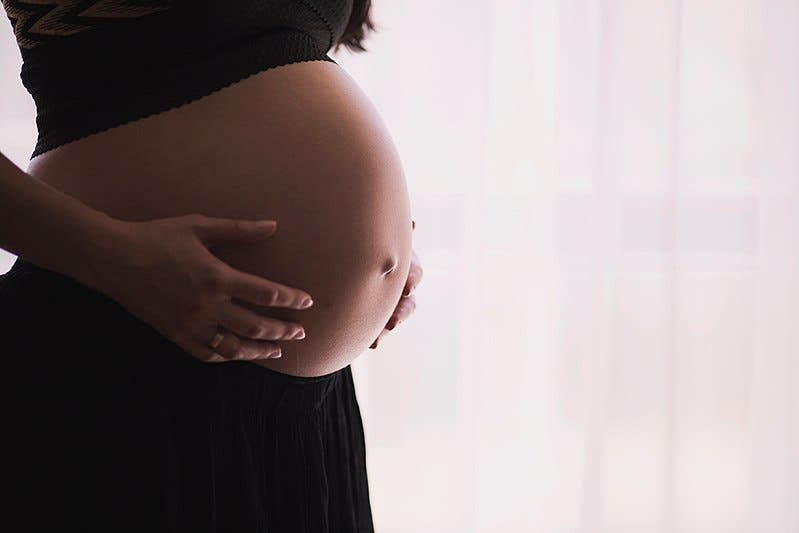
Amid reports of country-wide lockdowns and market crashes, finally there’s some good news. According to a recent study from China, pregnant mothers sick with COVID-19, the respiratory disease caused by the novel coronavirus, don’t seem to pass the infection on to their newborn babies.
Although the mothers had COVID-19, their babies tested negative
The researchers Huazhong University of Science and Technology in China monitored the health of four pregnant women who arrived at Wuhan’s Union Hospital sick with COVID-19.
Wuhan, located in Hubei Province, China, is widely considered to be the epicenter of the new pandemic, which has so far infected more than 170,000 people in 153 countries. Most cases have been reported in China, but many countries, particularly in Europe and the USA, are reporting exponential increases in cases on a daily basis.
The four women delivered their babies while they were still infected. However, three of the babies tested negative for COVID-19 and showed no symptoms associated with the disease, such as fever or cough. The fourth baby couldn’t be tested due to the mother declining the procedure, the authors wrote in the journal Frontiers in Pediatrics.
For precaution, all the babies were immediately isolated in neonatal intensive care units and fed formula.
One of the newborns experienced a minor breathing issue, which was resolved after three days of treatment by mechanical ventilation. Two babies, including the one with breathing problems, also had body rashes, but these went away on their own.
Whether or not there’s a connection between the mothers’ COVID-19 and these minor medical problems is rather impossible to determine at this point.
“We are not sure the rash was due to the mother’s COVID-19 infection,” said study co-author Dr. Yalan Liu at Huazhong University of Science and Technology.
This is the second study that found pregnant mothers seem unlikely to transmit the virus to their newborns.
Previously, a study published in The Lancet, also by Chinese researchers, found no evidence that the viral infection can jump from pregnant women to their offspring at birth.
“Findings from this small group of cases suggest that there is currently no evidence for intrauterine infection caused by vertical transmission in women who develop COVID-19 pneumonia in late pregnancy,” the authors reported in The Lancet.
C-section is deemed safer than natural birth
All nine births were brought to term by C-section, while three of the four pregnancies in the current study were also delivered by C-section.
“To avoid infections caused by perinatal and postnatal transmission, our obstetricians think that C-section may be safer,” Liu said. “Only one pregnant mother adopted vaginal delivery because of the onset of the labor process. The baby was normal. Maybe vaginal delivery is OK. It needs further study.”
The findings are in line with previous coronavirus outbreaks. Studies have not found evidence of viral transmission from mother to child when pregnant women were infected with SARS and MERS, which are caused by different coronavirus strains. However, these outbreaks — which were extremely severe among infected patients compared to COVID-19 — were associated with “critical maternal illness, spontaneous abortion, or even maternal death,” according to Liu.
The two studies have rather small sample sizes. In typical conditions, the low number of reported cases cannot be used to draw definite conclusions. Mothers in other countries might also behave differently, depending on how they’ve been treated by local medical staff.
On Monday, March 16, a newborn baby in England tested positive for COVID-19. The baby’s mother was taken to a north London hospital days before the birth with suspected pneumonia — she also tested positive. Doctors do not know whether the baby became infected in the womb (which the two studies in the article suggest shouldn’t happen) or after birth.
In the future, the researchers plan on conducting more studies. The sensitivity of the diagnostic test used to detect the virus is around 71%, but its reliability in babies is not well understood. To investigate, the researchers plan on collecting and analyzing samples of the placenta, amniotic fluid, neonatal blood, and gastric fluid, among others, to detect possible receptors for the virus.






